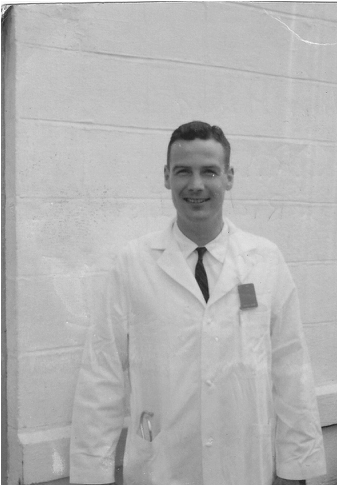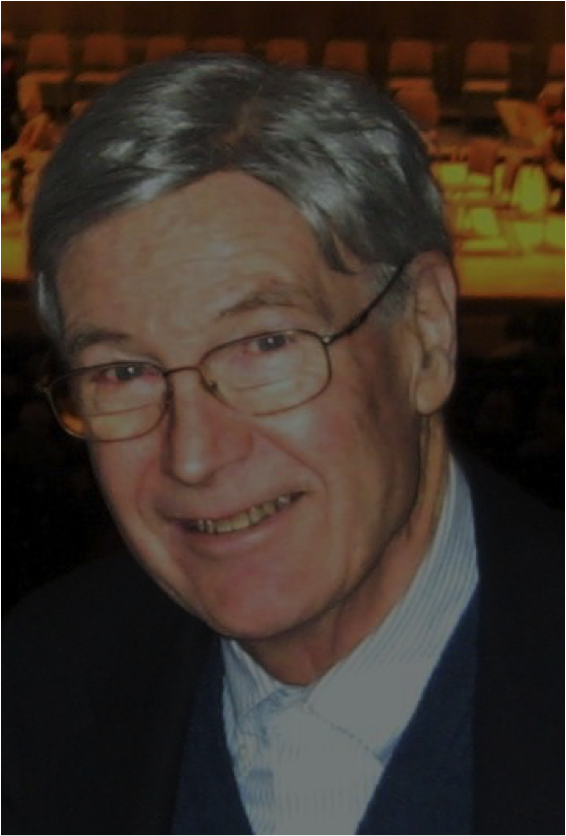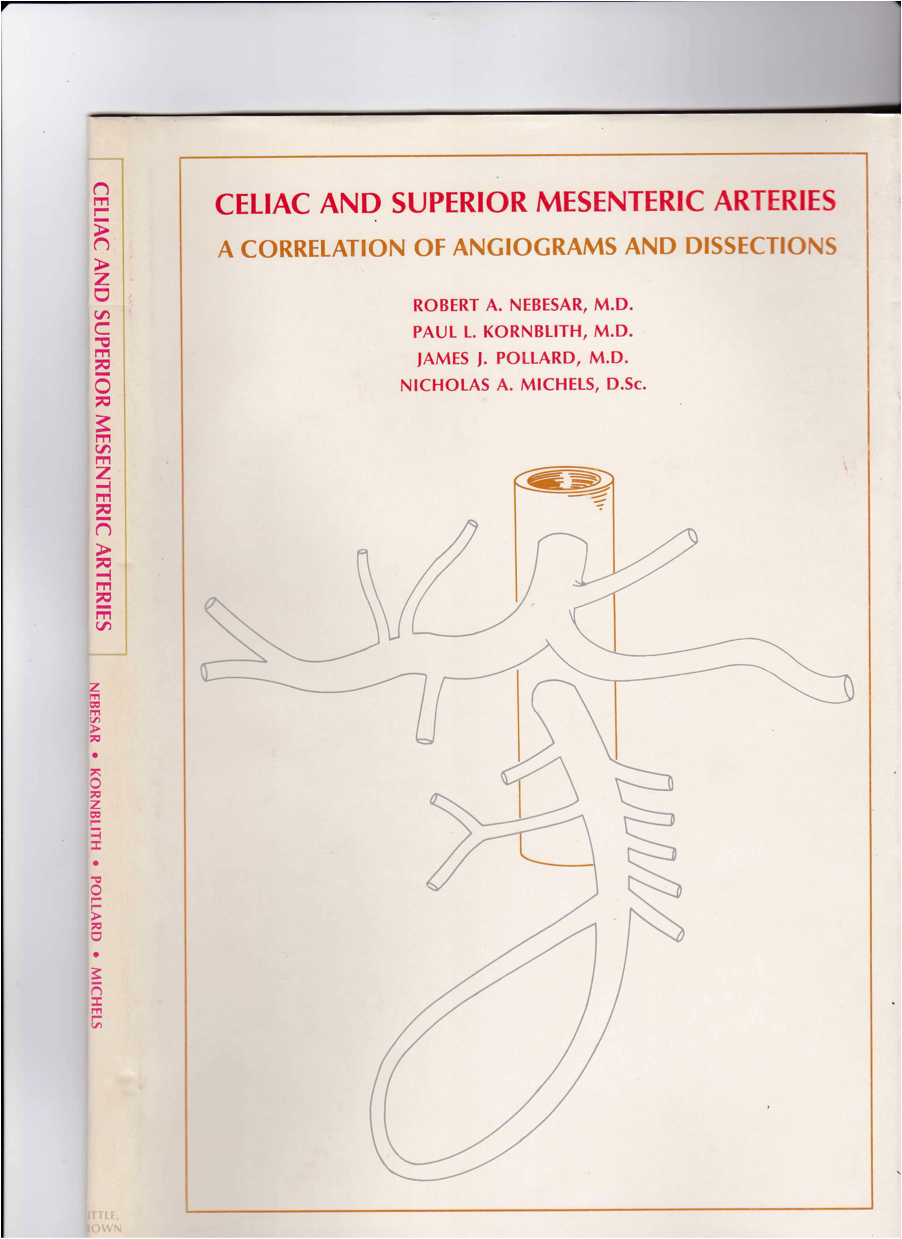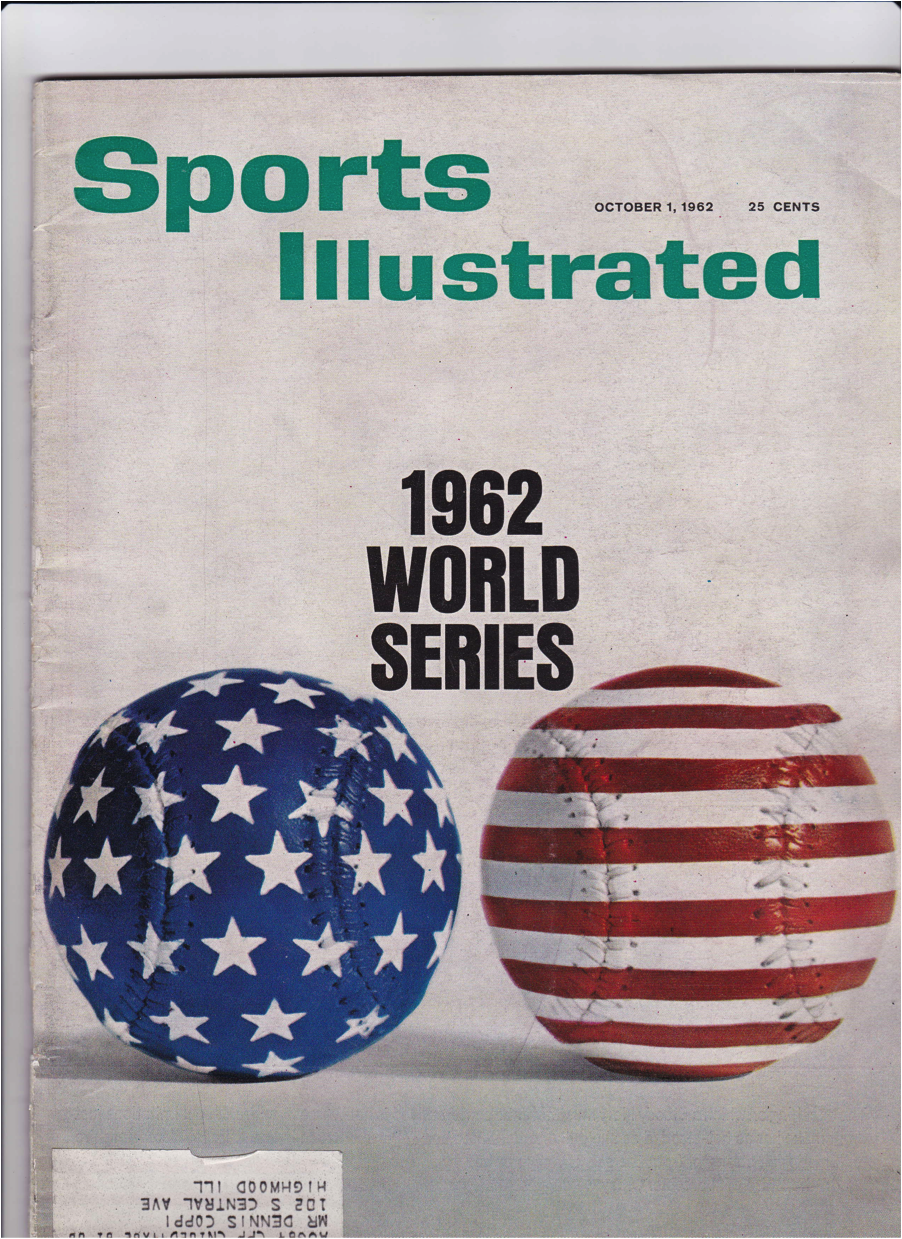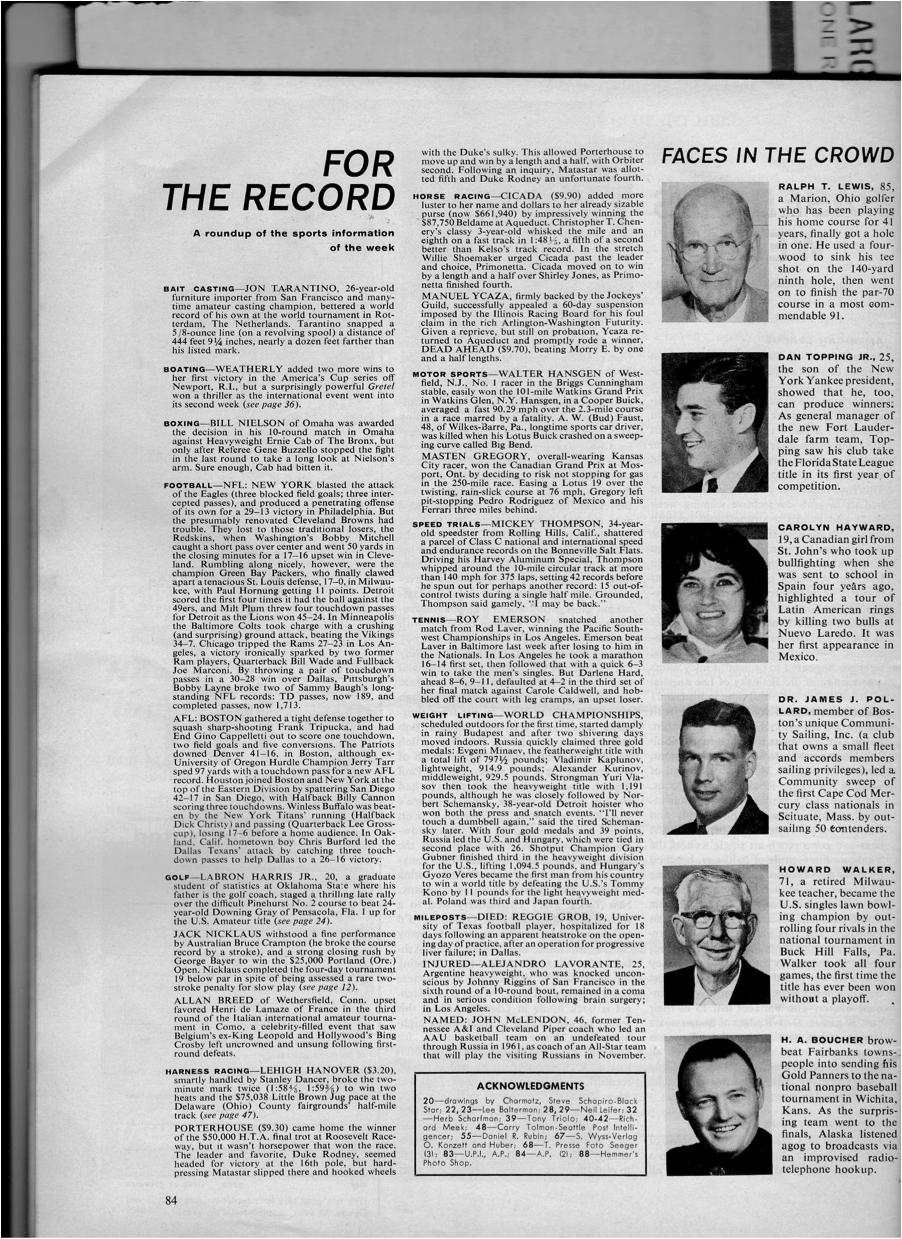NESIR History
NESIR was founded in 1966 by Paul Kahn MD, Herbert L. Abrams MD, Morton Bosniak MD, James Pollard MD, and Robert A. Nebesar MD. It is the second oldest angiography society in the united states, following Philadelphia (PAIRS) in 1964. SIR is generally considered to have been founded by Stanley Baum, MD, an NESIR member at the time and working at Massachusetts General Hospital. The angio club started as a gathering of the IR community from different local hospitals as a way to share and discuss cases. The cases presentations were held in different locations throughout Boston, from hospital basements to different restaurants. As the years have evolved, NESIR now meets regularly in the Longwood Medical Area on Monday evenings throughout the academic year for educational lecture content followed by case presentations, in the spirit of the original mission of the club.
Stories
Richard Taus, MD
“My memory (which only goes back to 84-85) was that we met in Countway, had pizza or sandwiches, and rarely had guest speakers. Fellows were welcome to attend but were supposed to be seen and not heard. The heart of the meeting was attendings showing difficult cases and spirited discussion. I remember showing some embolization and being strongly criticized for being dangerous and reckless. As a freshly-minted attending it was scary to show cases.”
Melvin Clouse, MD:
“I will now try and resurrect my thoughts of Angio Club from it inception of a group early on from about 1965 when a group of us including Paul Kahn, Ernie Ferris, Art Waltman and others who met to review cases when I was at MGH. It morphed into the NESCVIR to where the individuals trained and came in from the peripheries came into show cases. I don’t remember any controversies except the embolization of the liver. Everyone thought we would necrose the liver if embolized. Indeed on would if there had been prior extensive hepatobiliary surgery. I always thought that everyone really supported other IR members. I found out that the liver was not necrosed from embolization of GI bleeders and spill over emboli to hepatic artery and then I progressed to emolizing hepatic metastases. I actually do not remember presenting these cases or if I did there was no comments. Sorry to not be more helpful.”
Best regards, Mel
James Pollard son of Jim Pollard, MD:
I attached some photos of my dad. The photo of him in the lab coat my mom thinks is from 1965 or 1966, right around the time of the NESIR founding. I included scans of the 1962 Sports Illustrated cover and article. He was an avid sailor and had success racing many different classes of boats. I also scanned the cover of a book he and Bob Nebesar, another founding member, coauthored. The last photo is of him shortly before he died.
Thanks,
Jim
Andrew Packard
My source for the early days at MGH is my friend and colleague Roland Ware MD who brought angiography to the Maine Medical Center in 1968 and with whom I am still in fairly frequent contact. Roland first learned angiography from Bob Nebesar and Jim Pollard who were residents ahead of him at MGH after which he spent a year doing Angiography at Hammersmith Hospital in London. Roland confirms my impression that the Boston meetings were in the form of an informal Angio Club at which the best cases were shown. There was no attending Angiographer at MGH until Nebesar and Pollard finished their residency probably around 1966. Paul Kahn was active at that time at the New England Medical Center. I’m not sure of the year when Dr Abrams came to Boston as Chief at the Brigham from Stanford but it might have been around that time.
I don’t know any details about Morton Bosniak. Unfortunately I think that he has passed along also.
At the time of my fellowship, which included coronary angiography, at the New England Medical Center with Paul Kahn in 1971-1972, (then called an NIH Fellowship in Cardiovascular Radiology), to my knowledge the NESIR in name didn’t exist.
What we had was a Boston Angio Club which met once a month during the academic year. This was promoted primarily by Dr Kahn who always attended and who I would consider was the prime mover of the effort. The meetings were attended by Boston fellows from MGH (Stanley Baum), Brigham and Women’s (Herb Abrams), and New England Medical Center (Paul Kahn) plus any other attendings in Boston who were doing angiography. We all showed our best cases of the month. There were no speakers as I remember.
The meetings rotated between these 3 institutions.
Although I was not involved until 1971, I suspect the early format was the same as I knew it; i.e. an informal Angio Club meeting on a regular basis and primarily sharing cases they had done recently. I’m guessing the formal name came later.
Sometime in the later 1970’s a national organization called the Society of Cardiovascular Radiology was formed as an exclusive group of academic angiographers. Those of us in smaller institutions such as the Maine Medical Center were not invited to be part of this group until it was later opened up to achieve a larger membership. The name “interventional” was added later and the Society became SCVIR. As we all know this now has been paired down to SIR. Perhaps someone with an interest in history the SIR could fill in the details and dates of these transitions.
I think the monthly Boston angio meetings continued regularIy and at some point acquired the names NESCVIR and later NESIR. In Portland Maine I missed the monthly angio meetings and got down to Boston as often as I could, sometimes bringing residents along, hoping they would become interested in IR. Many did. The cases were always interesting. We didn’t usually have speakers as I remember. I don’t know at what point the organization acquired the name NESIR.
ARTHUR WALTMAN
Bosniack was able to come to Boston on the train and show wires, catheters and cases for the group of interested persons. He and the interested attendees would watch as cases were performed at Boston General Hospital. Chris Athanasoulis tells of a case where active bleeding was seen and as a fellow bravely asked if something could be used to stop the bleeding and was sent out of the room by Ernie Ferris.
List of Former Presidents (48)
Ezra Burch, MD
Aaron Harman, MD
Jeffrey Weinstein, MD
Marie Koch, MD
Raul Uppot, MD
Muneeb Ahmed, MD
Ronald S. Arellano, MD
Herlen Alencar, MD
Hirschel McGinnis, MD
T. Gregory Walker, MD
Richard H. Taus, MD
Susan K. O’Horo, MD, MPH
Sanjeeva Kalva, MD
Brian F. Stainken, MD
Michael S. Stecker, MD
Christoph A. Binkert, MD
Richard A. Baum, MD
Thomas A. Dykes, MD
Chieh-Min Fan, MD
Timothy P. Murphy, MD
Neil J. Halin, DO
Elvira V. Lang, MD
Robert S. Mals, MD
Patricia E. Burrows, MD
John A. Kaufman, MD
Laura Feldman, MD
Clement J. Grassi, MD
Phillip A. Rogoff, MD
Ducksoo Kim, MD
K. Kandarpa, MD, PhD
M. F. Meyerovitz, MD
Carl F. Beckman, MD
David Phillips, MD
Gary S. Dorfman, MD
Alan J. Greenfield, MD
Marlene R. Eckstein, MD
Donald M. Bachman, MD
Michael A. Bettman, MD
Melvin E. Clouse, MD
Donald P. Harrington, MD
Robert Novelline, MD
Barry Sacks, MD
David Levin, MD
Arthur C. Waltman, MD
Warren C. Widrich, MD
Victor Millan, MD
Kenneth Fellows, MD
C. A. Athanasoulis, MD
Stanley Baum, MD
Harvey Eisenberg, MD
Ernest Ferris, MD


